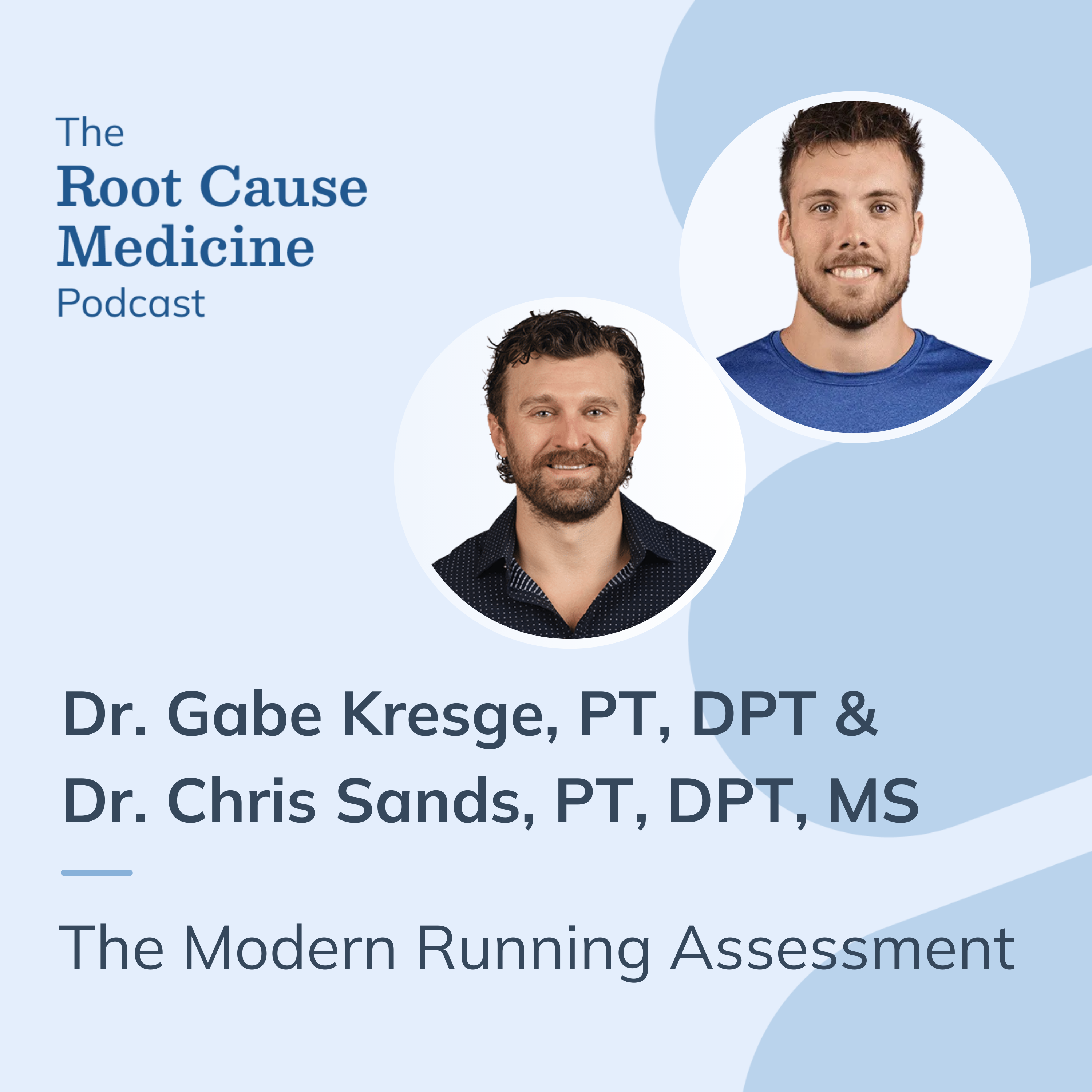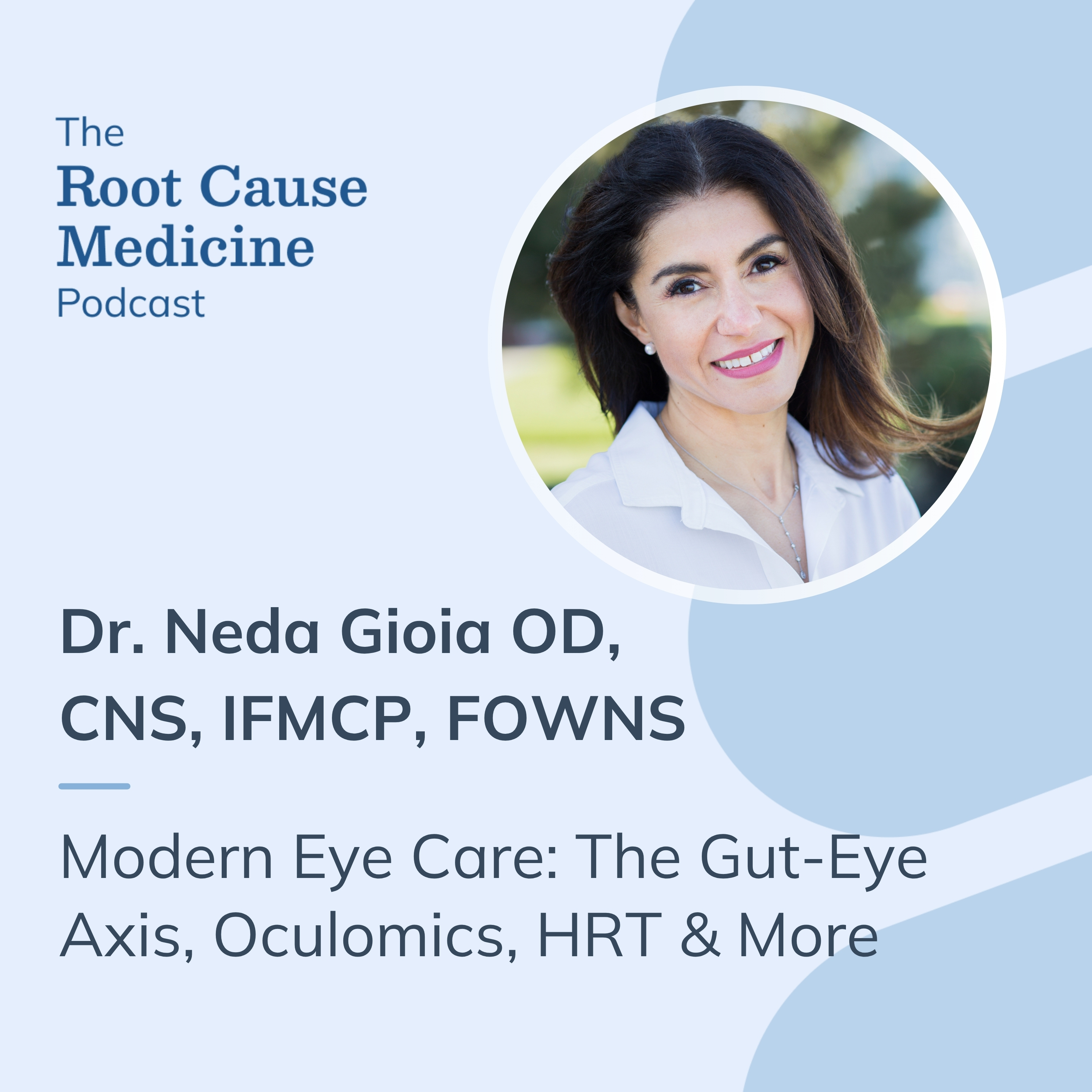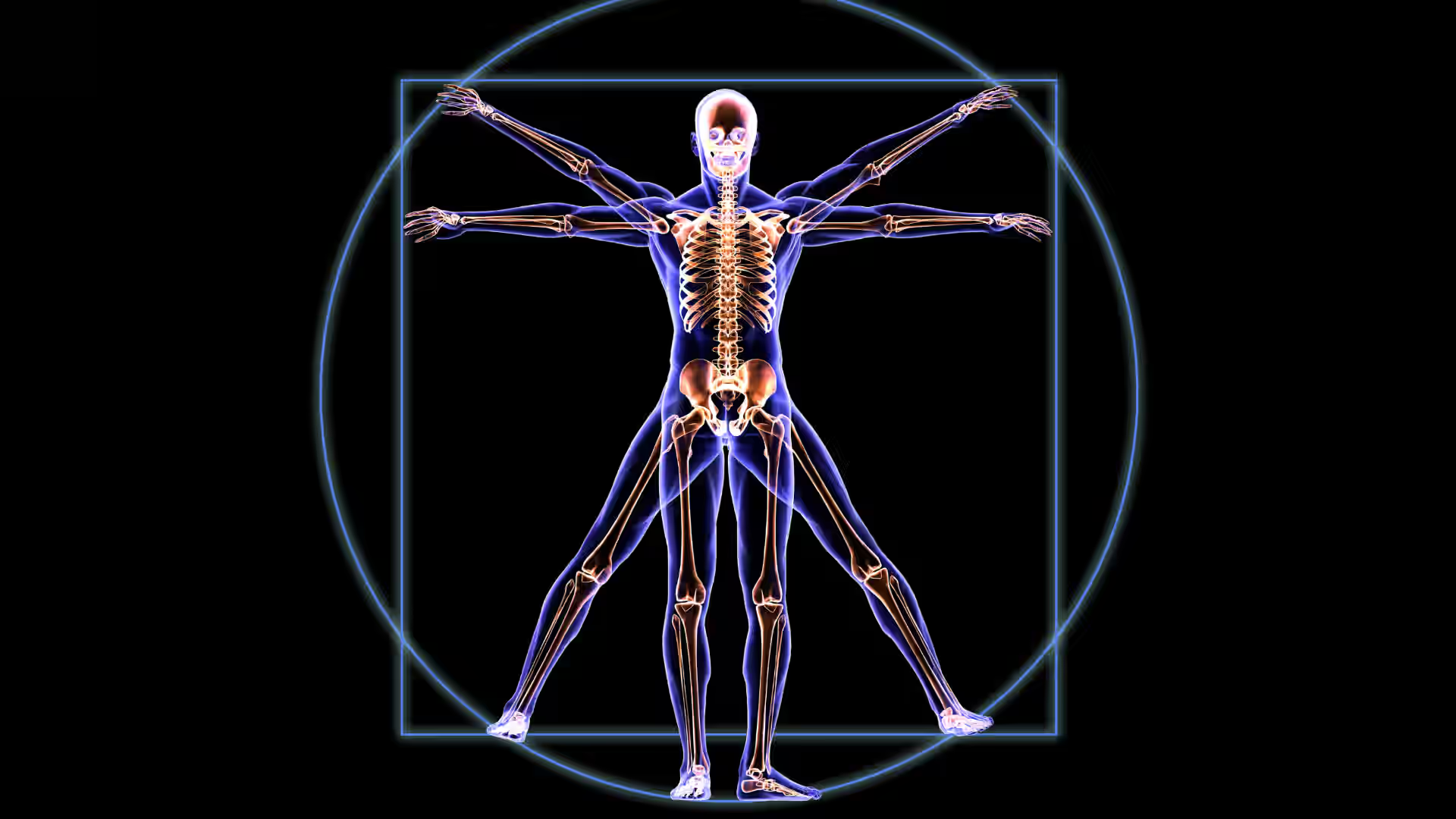When many people hear the word "fat," they often think about weight or appearance. Fat is commonly viewed as something to lose or avoid, often tied to self-image and how we believe others perceive us. However, body fat plays essential roles in the body that are necessary for proper function.
As awareness of obesity and metabolic health increases, more people are curious about how body fat influences overall well-being. Imbalances in fat levels may be associated with various health concerns, like heart disease, diabetes, and high blood pressure.
This article is the first in a series that explores the different types of body fat, how it is measured, and its impact on health.
[signup]
What Is Body Fat?
Body fat, also called adipose tissue, is a natural part of the body. It stores energy, cushions and insulates organs, and helps support regular body functions. Fat is made up of cells called adipocytes, which store energy in the form of triglycerides. Although it is often associated with appearance, fat plays several important roles in keeping the body balanced.
How the Body Uses Fat for Energy and Function
One of the primary roles of fat is to store energy. When the body takes in more calories than it needs right away, fat cells store the extra energy for later use. The body draws on this reserve during physical activity or when food intake is low.
Fat also helps regulate hormone activity. Some hormones produced by fat cells influence appetite, satiety (fullness), and how the body stores fat. Fat tissue also interacts with other body systems, such as the immune and cardiovascular systems. These hormones can influence inflammation, the body's response to insulin, and other metabolism-related processes.
These functions support overall health, but managing body fat should not be viewed as a treatment for any specific disease.
Essential vs. Storage Fat
Fat in the body falls into two main categories:
- Essential fat is needed for basic body functions. It supports hormone activity, helps with vitamin storage, and protects internal organs and tissues.
- Storage fat is extra fat held in the body's fat tissue. It provides energy when the body has used up its immediate fuel sources, such as carbohydrates. It also cushions the body and helps regulate temperature. The amount of storage fat varies based on factors like diet, activity level, and genetics.
Types of Body Fat
Fat in the body comes in different types. Each form has its role, location, and effect on body systems.
White Fat
White fat is the most common type. It stores energy, helps regulate temperature, and produces hormones such as leptin, which signals fullness. It is found under the skin and around internal organs. When white fat accumulates in large amounts, especially in the abdominal area, it may affect how the body handles insulin and other hormones.
Brown Fat
Brown fat helps the body burn energy and generate heat through thermogenesis. It contains mitochondria, the parts of cells that produce energy. This gives brown fat its darker color and helps it generate warmth, especially in response to cold temperatures.
Brown fat is more active in infants, but small amounts remain in adults, mainly around the neck and upper back. Its role in temperature regulation and energy use is still being studied.
Beige Fat
Beige fat forms when white fat cells take on features of brown fat. This process (browning) can be stimulated by cold temperatures or physical activity. Beige fat may help the body use energy more efficiently, though research on its role in adults is still developing.
Essential Fat
Essential fat is required for the body to carry out basic functions. It is found in the brain, nerves, organs, and bone marrow. This fat helps regulate hormones, protects internal structures, and supports reproductive health.
Subcutaneous Fat
Subcutaneous fat is located just under the skin. It acts as a cushion, helps regulate temperature, and stores energy. This is the most visible type of fat commonly found in areas like the hips, thighs, and abdomen.
Visceral Fat
Visceral fat is stored deep within the abdomen, surrounding internal organs such as the liver and intestines. Unlike subcutaneous fat, it is not visible from the outside. It is active in hormone production and may influence how the body manages insulin, blood pressure, and inflammation.
This type of fat is typically measured using waist circumference or imaging tools. Some visceral fat is normal, but excess levels have been linked to metabolic and cardiovascular concerns.
While brown fat plays a role in energy metabolism, it is important to maintain a balanced body fat level for overall health rather than focusing on specific fat types for weight loss.
Measuring Body Fat
Understanding how body fat is measured can offer useful insights into body composition and overall wellness. Two common methods are body fat percentage and BMI. Each has its strengths and limitations.
Body Fat Percentage vs. BMI
Body fat percentage measures the amount of fat in relation to lean body mass. It gives a clearer picture of body composition. Healthy ranges vary by age, sex, and activity level.
Body Mass Index (BMI) is a calculation based on height and weight. It categorizes individuals as underweight, normal, overweight, or obese. BMI is easy to use but does not distinguish between fat and muscle, making it less accurate for individuals with high or low muscle mass.
Pros and Cons:
- Body fat percentage provides a more accurate estimate of fat levels but often requires professional tools or testing.
- BMI is a widely used method but may not reflect actual body composition, especially for those with high muscle mass.
Popular Measurement Methods
There are several ways to estimate body fat. Some of the most commonly used methods include:
- Skinfold Calipers: Estimate fat by measuring the thickness of skinfolds at specific sites. Accuracy depends on the technique and training of the person taking the measurements.
- Bioelectrical Impedance Analysis (BIA): Sends a low electrical current through the body to estimate fat levels. It is widely available but can be influenced by hydration and other factors.
- DEXA Scans: Use low-dose X-rays to measure fat, bone, and lean mass. These scans are precise but require medical-grade equipment and can be expensive.
- Hydrostatic Weighing: Compares body weight on land and underwater to estimate fat levels. This method is accurate but less accessible and may be uncomfortable for some people.
- Waist Circumference and Waist-to-Hip Ratio (WHR): Measure central fat distribution. These methods are simple and low-cost, though they don't directly measure body fat percentage.
Implications of Body Fat
Body fat supports many essential functions. However, too much or too little can affect health and performance differently.
Risks of Excess Fat
Excessive body fat, especially in the abdominal area, may be associated with increased risk factors for conditions such as type 2 diabetes and heart disease.
- Type 2 Diabetes: Higher fat levels can affect how the body uses insulin. Fat cells may release substances that interfere with insulin sensitivity, which is a factor in the development of type 2 diabetes.
- Cardiovascular Disease: Extra fat can influence blood pressure, cholesterol levels, and heart function. These changes may raise the risk of cardiovascular issues, especially when combined with factors like poor diet and lack of physical activity.
- Cancer and Hormone Imbalance: Fat tissue produces hormones. High fat levels may disrupt normal hormonal balance, which some studies suggest may be linked to certain cancers. Though research is ongoing, balanced fat levels may help support hormone regulation.
Risks of Too Little Fat
Body fat is needed for everyday body functions. Insufficient levels can lead to a variety of issues:
- Nutrient Absorption: Fat is required to absorb fat-soluble vitamins (A, D, E, and K). Without enough fat, the body may struggle to take in these nutrients, which support vision, bone health, skin repair, and immune function.
- Hormonal Disruptions: Body fat helps support the production of hormones like estrogen and testosterone. Low fat levels can interfere with this balance, potentially affecting reproductive health, energy, and mood.
- Bone Health: Adequate fat supports bone structure by helping regulate hormones involved in bone maintenance. Low body fat can reduce hormone levels, possibly lowering bone density. This increases the risk of fractures and conditions such as osteoporosis.
Having too little body fat may affect overall health and well-being, though the impact may vary from person to person.
Ideal Body Fat Ranges by Age and Gender
Healthy body fat levels vary depending on age, sex, and fitness level. The American Council on Exercise (ACE) offers the following guidelines:
Men:
- Essential Fat: 2-5%
- Athletes: 6-13%
- Fitness: 14-17%
- Acceptable: 18-24%
- Obesity: 25% and above
Women:
- Essential Fat: 10-13%
- Athletes: 14-20%
- Fitness: 21-24%
- Acceptable: 25-31%
- Obesity: 32% and above
These are general guidelines, and individual health needs may vary.
How to Improve Body Composition
Improving body composition involves adjusting nutrition, exercise habits, and lifestyle routines. Making mindful choices in these areas can support a healthy body balance.
Diet Recommendations
The foods you eat can significantly influence body composition. Nutrient-dense meals and a balanced intake of macronutrients support both energy and muscle health.
Balanced Macronutrients
Carbohydrates, proteins, and fats all play a role in supporting daily function. Carbs provide fuel, proteins help with muscle maintenance and repair, and fats assist in hormone regulation and nutrient absorption. Tailoring macronutrient ratios based on personal goals can help support healthy body composition.
Whole Foods vs. Processed Foods:
Whole foods like vegetables, fruits, legumes, lean proteins, and healthy fats offer more nutrients with fewer added sugars and additives. Processed foods, especially those high in refined sugars and unhealthy fats, may contribute to weight gain when consumed in excess. Prioritizing whole, minimally processed foods can support long-term dietary balance.
Exercise Strategies
Physical activity helps build lean muscle and reduce excess fat. Research suggests a combination of cardiovascular exercises and strength training can help support overall health.
Cardio for Fat Loss
Cardiovascular exercises like running, cycling, or swimming effectively burn calories and promote fat loss. These activities increase heart rate and energy expenditure, helping to create a calorie deficit. Consistent cardio exercise can support fat loss as part of a comprehensive plan.
Strength Training for Muscle Gain
Strength training exercises, including weightlifting or bodyweight resistance training, help increase muscle mass. Muscle tissue burns more calories at rest than fat tissue, which can help improve metabolic function and contribute to a healthier body composition.
Lifestyle Adjustments
Daily habits can influence how the body stores and uses energy. Simple changes in sleep patterns, stress management, and daily movement can support long-term health and fitness goals.
Sleep and Stress Management
Quality sleep supports hormone balance and muscle recovery. Poor sleep and chronic stress may affect energy levels and appetite, making you hungrier.
Chronic stress can increase cortisol levels, which may promote fat storage, especially around the abdominal area. Stress management strategies, such as breathing exercises, journaling, or gentle movement, can support overall well-being.
Daily Movement and Tracking
Staying active throughout the day, such as walking, stretching, or using stairs, can help maintain activity levels. Tracking tools like fitness apps or wearable devices can offer helpful feedback on diet, exercise, and progress to support long-term success.
Frequently Asked Questions
Here are answers to some commonly asked questions about body fat.
What is body fat made of?
Body fat consists of adipocytes, or fat cells, which store energy as triglycerides. Fat is classified into two types: white fat, which stores energy and cushions organs, and brown fat, which generates heat. Additionally, beige fat can burn calories under certain conditions.
Can I target belly fat specifically?
Spot reduction is not possible. Fat loss happens gradually across the body. A balanced combination of exercise, nutrition, and lifestyle supports overall fat loss.
What is the healthiest way to measure body fat?
Standard methods for measuring body fat include DEXA scans, hydrostatic weighing, and bioelectrical impedance analysis (BIA). Skinfold calipers are another option, but they require proper technique for accuracy. Each method offers varying levels of precision.
Is it bad to have low body fat?
Very low body fat can cause health issues, especially for women. Low body fat in women can disrupt hormone balance, leading to irregular menstrual cycles, reduced fertility, and other hormonal concerns. It can also affect bone health, increasing fracture risk, and lower energy levels.
How can I convert white fat to brown or beige fat?
White fat cannot be fully converted to brown fat, but factors like exercise and cold exposure may activate beige fat, which helps burn calories. Regular physical activity can also enhance fat metabolism.
[signup]
Key Takeaways
- Body fat plays essential roles in the body, including storing energy, regulating hormones, and protecting internal organs. High and low body fat levels can influence how well the body functions.
- Too much body fat may contribute to factors linked to type 2 diabetes and cardiovascular concerns. Too little may interfere with hormone regulation, limit nutrient absorption, and reduce bone density.
- Consistent habits support maintaining a balanced amount of body fat. These include eating whole, nutrient-dense foods, regular physical activity, and adequate rest and recovery.
- Focusing on overall health and function rather than a specific number on the scale can help support sustainable wellness.
The information provided is not a substitute for professional medical advice. Always consult your doctor or other qualified healthcare provider before taking any dietary supplement or changing your diet or exercise routine.












%201.svg)







